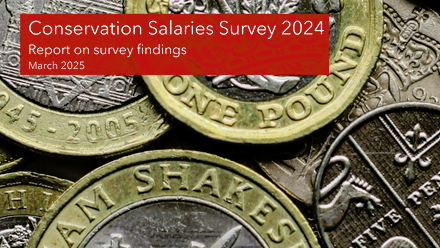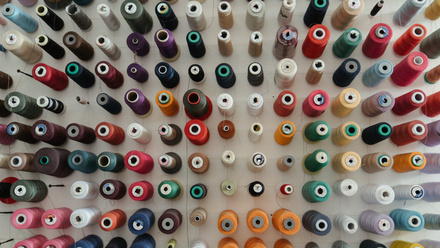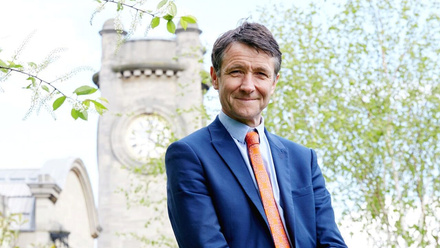A queen regains her head at Hever Castle (but it isn't Anne Boleyn)
In 2004, a portrait was unveiled at Hever Castle, the childhood home of Anne Boleyn, purporting to depict the sixth of Henry VIII’s queens, Katherine Parr.
Ever since it has hung in the appropriately named ‘Queens’ Chamber’ alongside five contemporary (or near-contemporary) portraits of Henry VIII’s six wives. However, in the years since its arrival at Hever, research on another extant version of this portrait model - held in the collection of the Archbishop of Canterbury - has revealed the portrait to depict not Katherine Parr, but another of Henry VIII’s queens: Catherine of Aragon.
At the time of the portrait’s arrival at Hever, both it and the version found at Lambeth Palace had been labelled, in good faith and for many years, as Katherine Parr. The period of their creation had been tentatively dated to around 1528-30, when Parr would have been just 16-18 years of age.
However, after a period of research and conservation by the National Portrait Gallery, the Lambeth portrait has been re-dated to c.1520. The gallery paired the Lambeth version with a contemporary portrait of King Henry VIII that also dates to c.1520. They are strikingly similar not only in terms of date and scale, but most compellingly they share the very same green damask background, which only came to light with the removal of layers of dirt and overpaint.
While the National Portrait Gallery emphasise that these ‘companion’ portraits of Henry and Catherine were not executed as a pair originally, they have concluded that they are ‘likely to be examples of portrait types of the king and queen that would have been produced in multiple versions, some of which would have been paired in this way.’ It is therefore likely that the re-identified picture of Catherine of Aragon at Hever Castle was one such example of these multiple versions of portraits created in the early 1520s.
The newly re-identified portrait shows Queen Catherine in a bonnet in the English fashion, decorated with rubies, diamonds and clusters of pearls. The frontlet of her hood is painted in a dark shade of crimson over gold leaf, which compliments the cloth of gold lappets, which are trimmed with crimson velvet. Catherine’s dress is also fashioned from the same rich crimson velvet, with sleeves crafted again from cloth of gold. About her neck is shown a string of fine pearls and, at the neckline, can be seen an “ouche” decorated with a large precious stone and pearls.
The portrait will be re-launched at Hever Castle as Catherine of Aragon as part of the quincentennial Becoming Anne: Connections, Culture, Court (4 March - November 2022) exhibition.
Assistant Curator Dr Owen Emmerson says:
It is a wonderful opportunity to be able to present to our visitors the face of Queen Catherine of Aragon, as it would have been known to Anne Boleyn when she returned to England in the early 1520s to serve in Catherine’s train. We all know how fraught relations between these two extraordinary women became when Henry’s attentions turned to Anne.
However, it is often overlooked that their relationship began well, and that Elizabeth Boleyn, Anne’s mother, had long been in service to Catherine. We hope that re-identifying this portrait as Catherine will shed new light into the happier days of their relationship.






